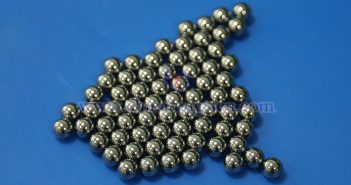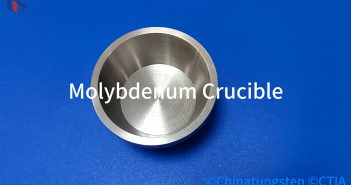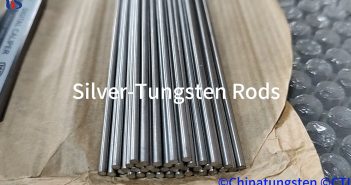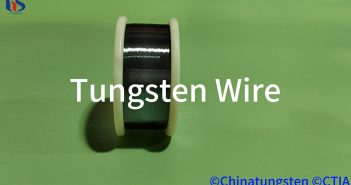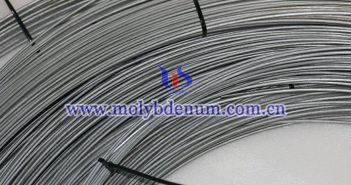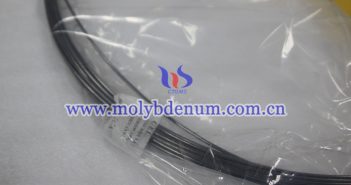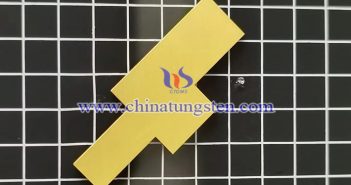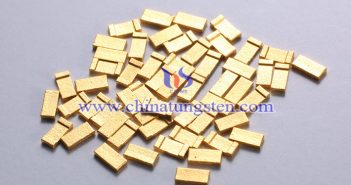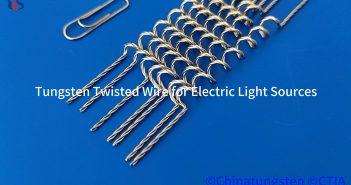
Tungsten twisted wire for electric light sources is a key material widely used in various bulbs and light sources. It features a high melting point, high strength, excellent electrical conductivity, and corrosion resistance. It is primarily used in incandescent lamps, halogen lamps, fluorescent lamps, and high-intensity gas discharge lamps. The production of tungsten twisted wire involves the preparation of tungsten powder, pressing and forming, high-temperature sintering, and drawing processes. During manufacturing, it is essential to strictly control the purity of…

